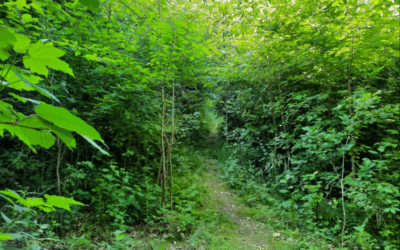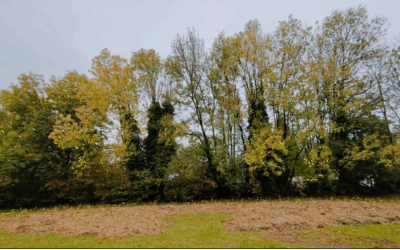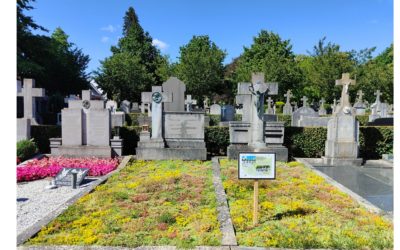UrbanForests specialises in creating participatory micro-forests that are 100% natural and based on the Miyawaki method.
Aquafin wastewater treatment plants
Das Projekt
Aquafin purifies sewage water so that it can be returned to nature. This means it is not suitable for human consumption, but it is suitable for fish, birds and amphibians.
Aquafin has more than 200 wastewater treatment plants in Flanders, which together account for 1.6% of the industrial areas in Flanders. More than 400 hectares of our land are reserved for biodiversity, making our sites real stepping stones for biodiversity in urban and suburban areas.
In addition to Aquafin’s general commitment to improving biodiversity at its sites – such as replacing lawns with flower meadows – Aquafin also carries out many local biodiversity initiatives. The sites are examined locally to identify which species are present and may be threatened with extinction, and the approach is then based on this. For example, in Knokke, the tree frog and the early purple orchid had almost disappeared, so it was decided to create the natural habitat of these species on the site. Another example can be found in Herentals, where Aquafin, together with Natuurpunt, has expanded the Vuilvoort Herentals nature reserve by, among other things, creating a pond and modifying the fence to make more room for hedgehogs, European hares, roe deer and walkers.
Within the green areas on Aquafin’s sites, areas of rewilding are sometimes created if a zone is suitable for this purpose.
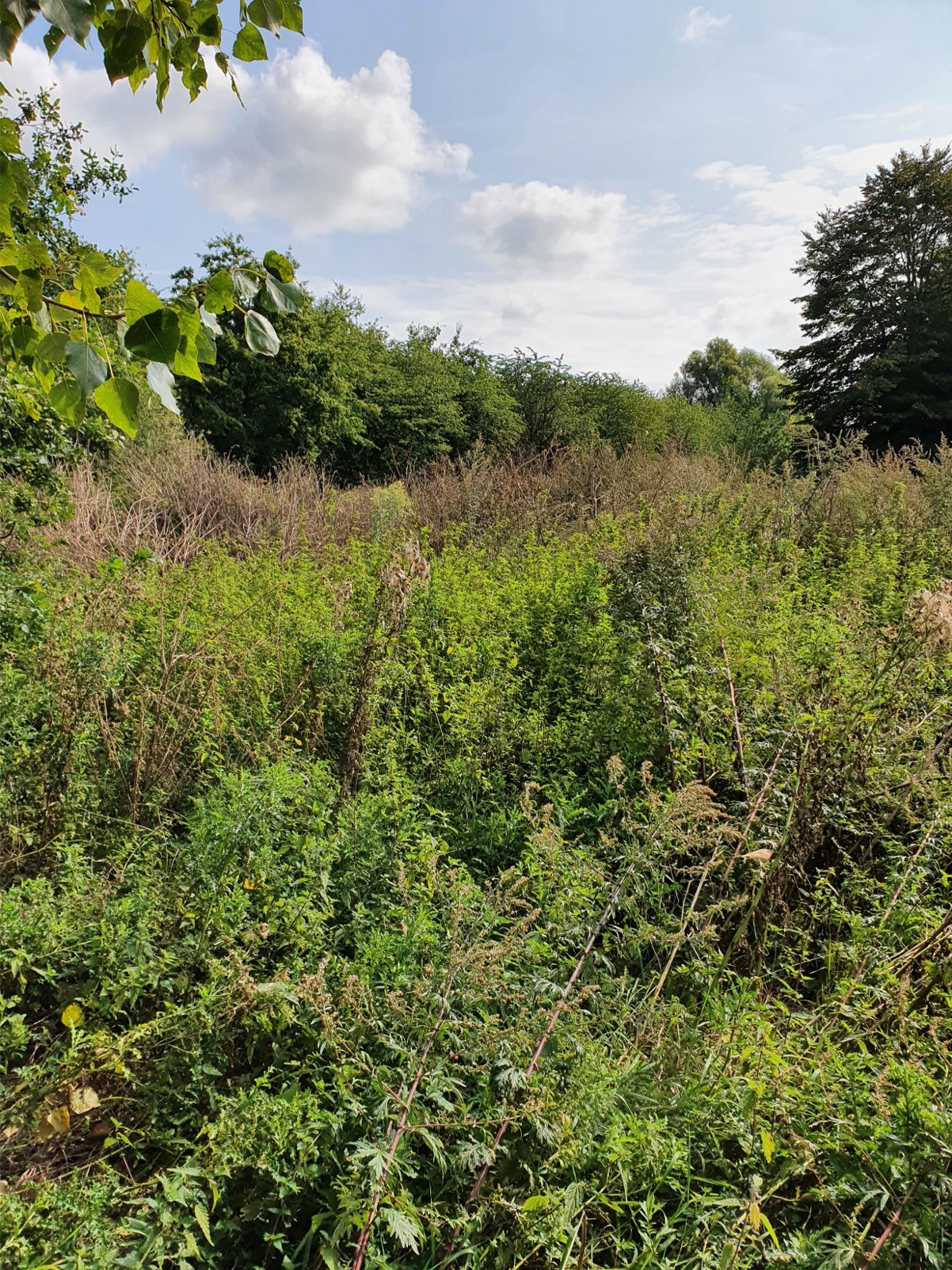
Projektstandort
Beitrag(e)
Projektkosten
Teilnehmer
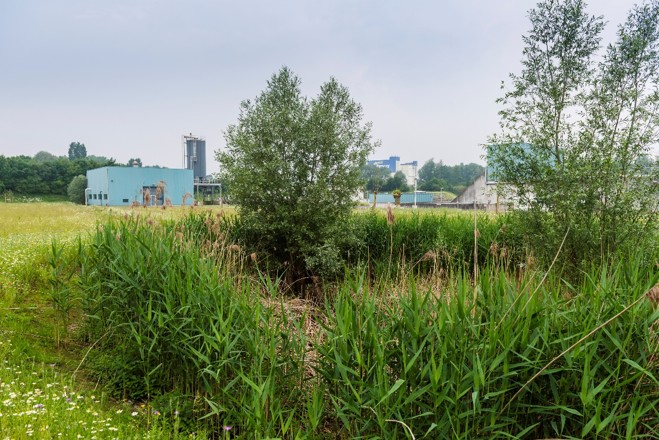
Aquafin collaborates with various partners on these local projects:
- ANB: consultancy;
- Regional Landscapes: financial contribution to the Herentals project;
- Natuurpunt: implementation assistance and consultancy.
Wie werden die Kriterien des Ziels erfüllt?
Städtische und stadtnahe Gebiete
- Wahrung und/oder Verbesserung der besonderen ökologischen Merkmale des Gebiets (e.g. die Topographie, die Art der Landschaft, die lokale Pflanzen- und Tierwelt);
- Einrichtung eines biodiversitätsfreundlichen Managementsystems (e.g. Renaturierung, weniger Mähen von Parks, Gärten, Schutthalden, Teichen, keine Chemikalien);
- As much naturalness as possible/as little alteration as possible of the initial landscape (landscape, quality of water, of soil, …);
- Einbindung der Entwicklungen in die Umgebung und die Umwelt;
- Gegebenenfalls Verwendung einheimischer Arten/Unterarten, die widerstandsfähiger und resistenter gegenüber dem Klimawandel sind.
Mögliche Initiativen, an denen das Projekt beteiligt ist:
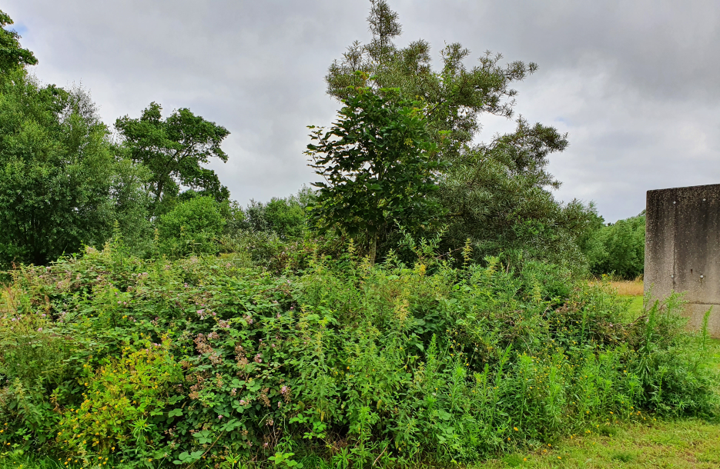
Langfristige Wartung
The rewilding zone requires minimal maintenance. However, blackthorn, for example, will be pruned in phases (based on Natuurpunt’s advice), invasive species like Japanese knotweed will be removed, and action will be taken if a safety risk arises.
Vorteile
- A more pleasant workplace
- A more pleasant environment for our neighbors
- Engaged employees
- Meetings in a green environment
- Fruit, herbs, and vegetables for our employees
- Employee recruitment: Some people consciously seek jobs where they can contribute to a better world. Water purification is linked to sustainability, but by also focusing on biodiversity, you can attract even more and different future employees.
- PR, social media: We occasionally post about our activities and achievements on our portal, Facebook page, and Instagram. It’s important to share information about this topic in addition to posts related to our core business.
- Extensive maintenance = lower costs
Weitere Projekte im Zusammenhang mit dem Ziel: „Städtische und stadtnahe Gebiete“
Mini-Wald im Josephine-Koch-Park
1 day, 900 trees & many hands for greater biodiversity & climate protection.
Lebendiger Friedhof in Eupen
Statt nicht mehr genutzte Grabstätten mit Kies zu bedecken, werden hier pflegeleichte Dauerbegrünungen getestet.
